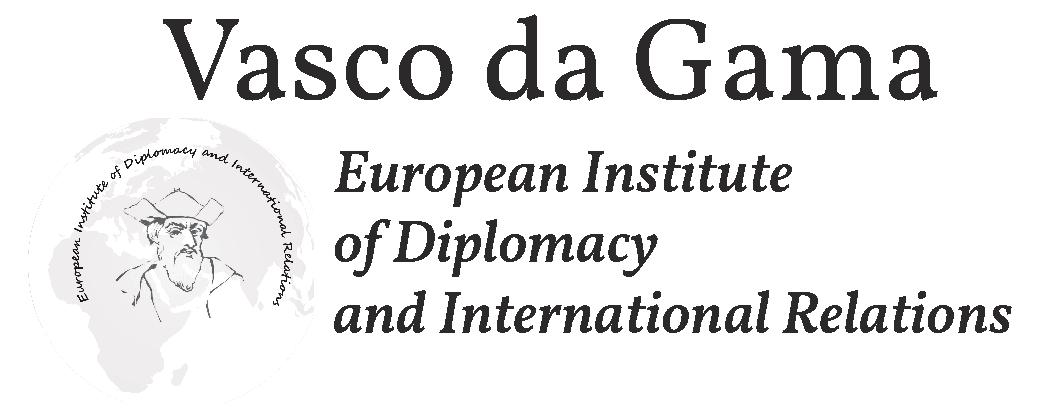History and Theory of International Relations
Content
The philosophical and theoretical thought in international relations follows the history of the state as an institution. Therefore, the major theories of international relations especially appeared from the late Middle Ages, namely with the advent of so-called modern States.
Two major changes indicated the end of feudalism:
– The prohibition of private wars and the emergence of an army serving the king;
– Regulations on war emerged and the essential rules of war would be determined by the political authorities.
On the other hand, in the fifteenth century, important discoveries stimulated the opening of the human being, his place in the universe and humanity. Two theories emerged: the first was upheld by Machiavelli who defended the idea of rivalry power whereas the second upheld by the ius gens (law of nations) would become the international law. That was the idea that in the name of citizens, it would be possible to put in place rules that would apply to States.
The background of the many theories of international relations until the twenty-first century was the constant attempt to set a more conducive international stage for peace.

Mission
• Provides a detailed grounding in the fundamental theories in, and approaches to, contemporary International Relations, international history and conflict.
• Evaluates the changing nature of international relations in the face of power politics, transnationalism and global forces.
• Examines shifts and changes in major international matters such as the nature of conflict/war/peace, diplomacy, foreign policy, decision-making, crisis management, terrorism, humanitarian intervention and the international economy.
• Blends an exploration of the contemporary world with a study of the past. It demonstrates the usefulness of historical insights, knowledge and techniques as an essential complement to social scientific approaches in the study of contemporary international relations.
• Develops specialist knowledge in the fields of International Relations and international history, including sub-fields such as theory, foreign policy, strategy and security.
• Suitable for a wide range of students from many backgrounds such as law, history, politics, the humanities, the social sciences and even business.
Bibliography
ALDEN C., LARGE D., DE OLIVEIRA R., Chine Afrique: facteur et résultante de la dynamique mondiale, Bruges, de Boeck, 2008
BATTISTELLA D., Théorie des relations internationals, Paris, SciencesPo, 2012
BONIFACE P., Les relations internationales, Paris, Dalloz, 2014
CALDUCH R., Relaciones Internacionales, Madrid, Estudios Sociales, 1991
CHOMSKY N., Who rules the World, New York, Hamish Hamilton, 2017
DEL ARENAL C.M., Introduccion a las relaciones internacionales, Madrid, Tecnos, 2007
FEBVRE L., L’Europe, Genèsed’une civilisation, Paris, Perrin, 1999
FOSTER V., Building bridges: China’s Growing Role as Infrastructure Financier for Sub Saharan Africa, Trends and Policy Options n°5, The World Bank, PPIAF
HALLIDAY F., Rethinking International Relations, London, Macmillan, 1994
KADONI N. K., Une introduction aux relations internationales africaines, Paris, L’Harmattan, 2008
KASPI A. et DUROSELLE J.B., Histoire des Relations Internationales. De 1945V à nos jours, Paris, Armand Colin, 2009
La fin des Empires, sous la direction de Patrice Gueniffey et Thierry Lentz, Paris, Perrin, 2016
ROSENBERG J., The Empire of Civil Society, London, Verso, 1994
MOUGEL F.C. et PACTEAU S., Histoire des Relations Internationales, Paris, PUF, 2010
ROY O., L’Islam mondialisé, Paris, Le Seuil, 2002
PEREIRA J.C., Diccionario de relaciones internacionales y politica exterior, Madrid, Ariel, 2013
PEREIRA J.C., Historia de las relaciones internacionales contemporaneas, Madrid, Ariel, 2009
VAISSE M., Les relations internationales depuis 1945, Paris, Armand Colin, 2017
VALEGA A.G., Relaciones Internacionales. Aqui y ahora, Universidad del Norte, Segunda, 2008
WALTZ K, Man, the State and War. A theoretical analysis, New York, Columbia University, 2001
5 ECTS
